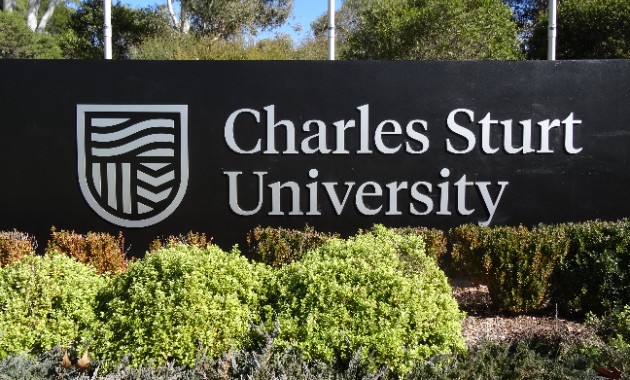The majestic Brolga, a bird commonly seen in wetlands across southern Australia, is in danger of disappearing from the Riverina region according to Charles Sturt University research student Matthew Herring.
Mr Herring estimates that 200 birds remain in Riverina region of NSW and northern Victoria from the once thriving population that was considered an agricultural pest.
"Their decline can be attributed to previous extensive shooting campaigns, the loss of their wetland habitat for agriculture and rising fox numbers, due to fewer eradication campaigns. Foxes are of particular concern as the young Brolga takes at least three months to learn how to fly, making it vulnerable to the ever-present foxes," Mr Herring said.
[ AUDIO: Click here to download .WAV files or hear the calls of a Brolga breeding pair or a flock of Brolgas. ]
Mr Herring knows of only four chicks born last year out of 160 birds. "I am really concerned for survival of this majestic bird," he said.
"We believe the remaining birds comprise up to eight separate groups, based around Yarrawonga, Corop-Stanhope, Dingee-Pyramid Hill, Berrigan-Savernake, Urana-Jerilderie, Deniliquin-Waganella and Leeton."
Mr Herring's research project is part of the University's wider avifauna research program, which recognises that changes to bird populations can effectively indicate the health of a habitat as birds are at the top of many food chains. Mr Herring's research is concentrated in irrigation areas and natural wetlands along the Murray and Murrumbidgee Rivers.
To help keep track of such a widely-spread population, Mr Herring is enlisting the help of landowners living near brolga populations to collect details on the lives of the birds.
"I already have around 70 people keeping logs on nearby brolgas, although I am always looking for more," Mr Herring declared.
Any member of the public interested in keeping records on these endangered populations or who know of "hidden" nesting areas in the region should contact Matthew Herring on telephone (02) 6027 1021 or email brolgastudy@hotmail.com.





Social
Explore the world of social